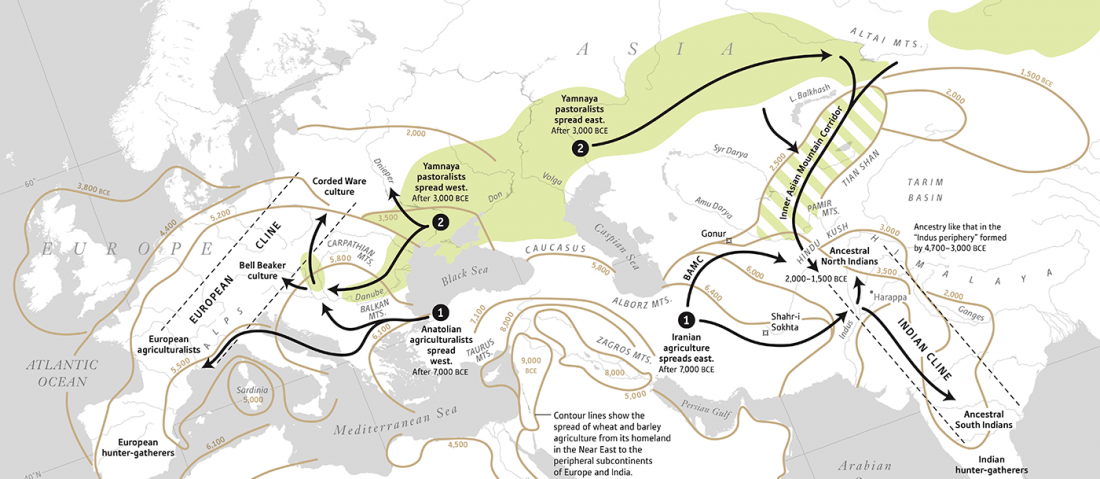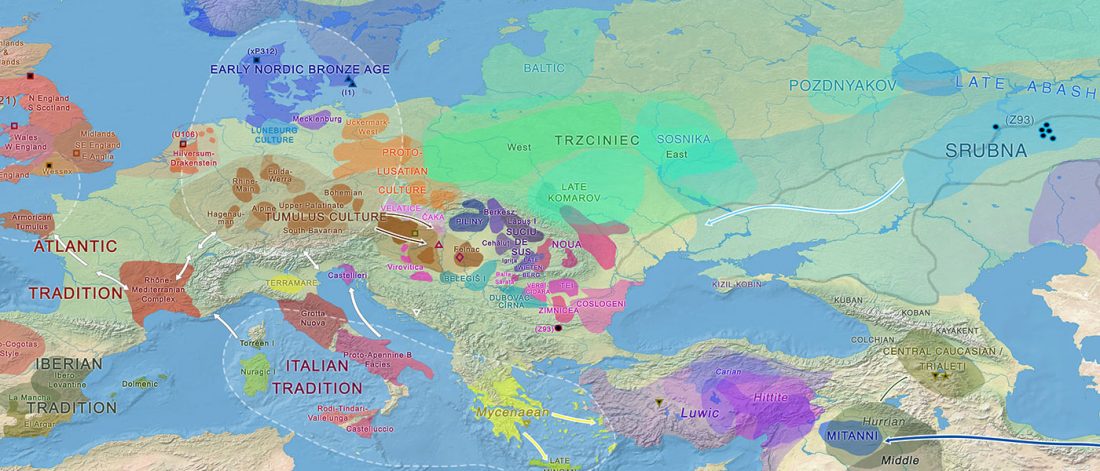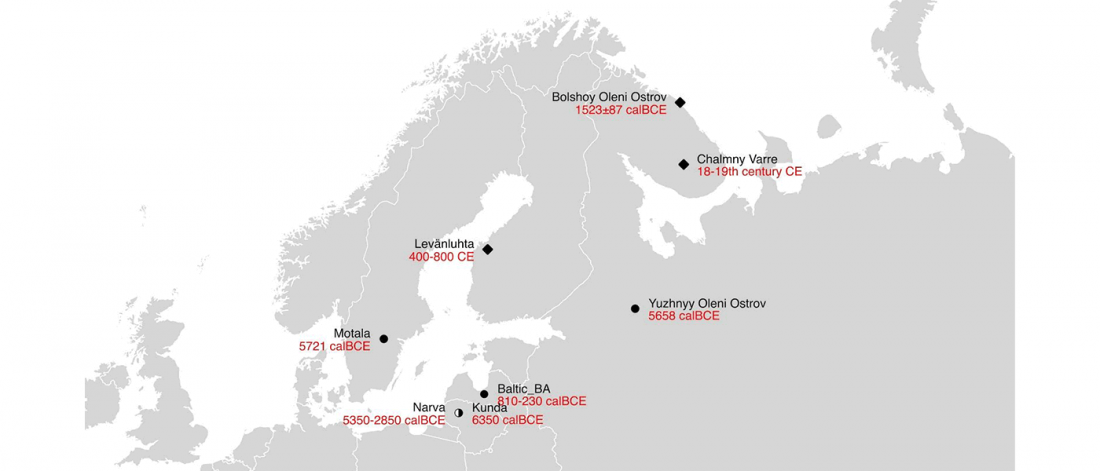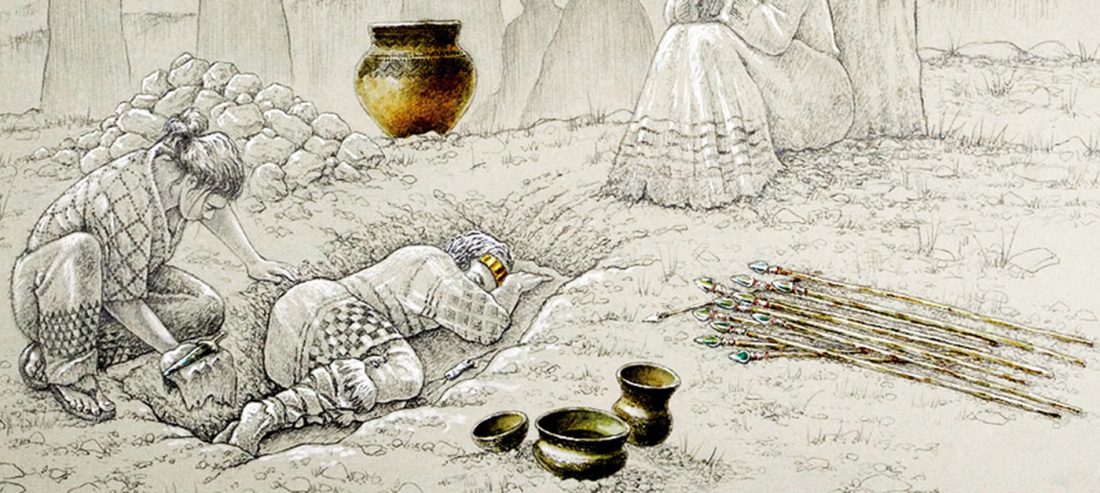Human dietary evolution in central Germany, and relationship of Únětice to Corded Ware and Bell Beaker cultures
Open access 4000 years of human dietary evolution in central Germany, from the first farmers to the first elites, by Münster et al. PLOS One (2018).
Excerpts (emphasis mine):
… Read the rest “Human dietary evolution in central Germany, and relationship of Únětice to Corded Ware and Bell Beaker cultures”This study of human diet between the early stages of the farming lifestyle and the Early Bronze Age in the MES, based on carbon and nitrogen isotope analyses, is amongst the most comprehensive of its kind. Or results show that human dietary behaviour has changed significantly throughout the study period. A distinct increase in the proportion of animal protein in the human diet can be identified over time, a trend








